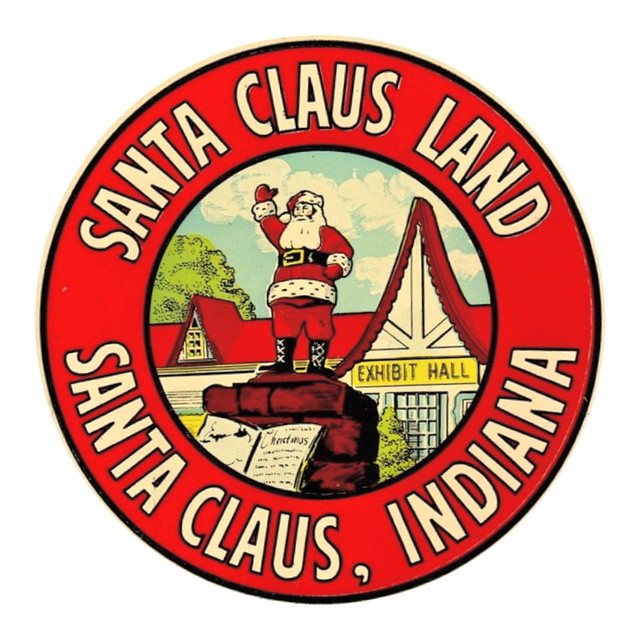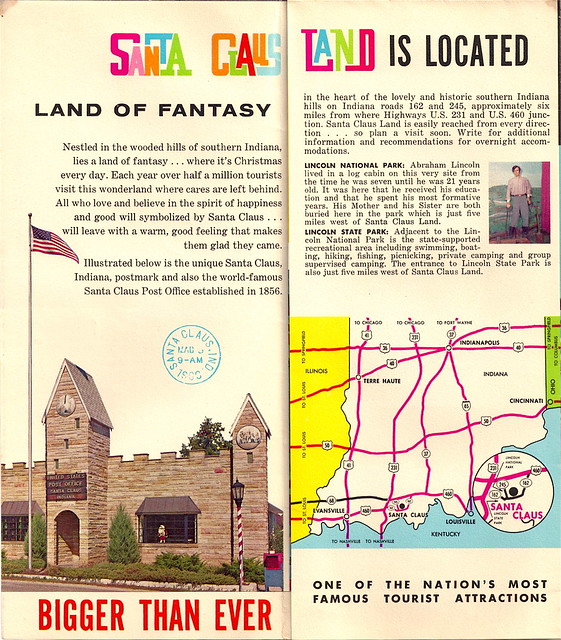
The sooner we can get over this whole “healthy = expensive” thing, the better off we’ll be. Researchers say not only are we more likely to believe that expensive food is good for us, but we also assume health claims on expensive foods are more trustworthy and important. Their report is forthcoming in the Journal of Consumer Research.
Marketing experts designed a series of online experiments to understand how our beliefs about the cost of food affect our thoughts and behavior. Each experiment addressed one of five primary questions:
1. Do we actually believe that expensive food is healthier?
2. Do we believe the reverse is true (that healthy food is more expensive)?
3. Does a desire to eat healthier make us more likely to choose more expensive options?
4. Do health claims on more expensive foods increase our concern about the issue in question?
5. Does the cost of a product influence how likely we are to trust its health claims?
You can probably guess the answers to the first two questions: yes and also yes. Participants were shown two hypothetical brands of granola and told to select which one they thought was healthier. In the absence of any other information, people were far more likely to select the more expensive brand. And when participants in the second experiment were told one brand was healthier, they were more likely to assume it was also more expensive.
In the third experiment, participants were told to imagine that a coworker had asked them to order her a healthy lunch. They were then given the choice between a “Roasted Chicken Wrap” and a “Balsamic Chicken Wrap.” One was priced at $6.95, the other at $8.95. Regardless of the wrap’s ingredients, study participants consistently selected whichever was more expensive. The authors say this shows that people concerned with eating well are more likely to spend more money on their food even when they have no evidence it’ll buy them the healthiest option.
Participants in the fourth experiment were shown four types of trail mix, some of which claimed to help prevent a relatively obscure vision problem called age-related macular degeneration. Some trail mix types claimed that a familiar ingredient (vitamin A) supported eye health, while others touted a lesser known ingredient (DHA) that also supported eye health. The participants were then asked to guess how much each type of trail mix would cost, and how important they considered vitamin A or DHA.
The less familiar the participants were with the ingredient, the more likely they were to assume it would be expensive—and important. The people who were shown an expensive trail mix containing DHA were also more likely to say they’d be interested in starting to take a DHA supplement, especially if they’d never heard of DHA before.
For the final experiment, participants were asked to rate a new (imaginary) snack claiming to be the “healthiest protein bar on the planet.” They were told that the average cost of a protein bar was $2. Some people were told the new product cost $0.99, while others were told it cost $4. Then everyone was given the opportunity to fact-check the bar’s health claims by reading other product reviews.
Participants with the $0.99 bar did some research, reading an average of three reviews before making a decision. Those with the $4 bar read only two. “People just couldn’t believe that the ‘healthiest protein bar on the planet’ would cost less than the average bar,” study co-author Rebecca Reczek of the Ohio State University said in a statement. “They had to read more to convince themselves this was true. They were much more willing to accept that the healthy bar would cost twice as much as average.”
It is true that some healthy foods really are more expensive than their less-nutritious counterparts. Processed food is often cheaper than fresh produce or individual ingredients. But this is hardly a universal truth—and just because something claims to be “healthy” doesn’t mean that it is.
A caveat: Four out of five of these experiments were conducted on college students. The study size averaged about 176 people, which is not huge. More research will be needed to confirm these results.
Still, “anyone trying to manage their food budgets and feel good about the healthiness of their family meals may well pay too much for their nutrition,” say the authors. “This can occur despite ready availability of both pricing and nutritional information, due to the busy and often hurried consumer sacrificing health while attempting to balance budgets.”
December 20, 2016 – 11:30am
















